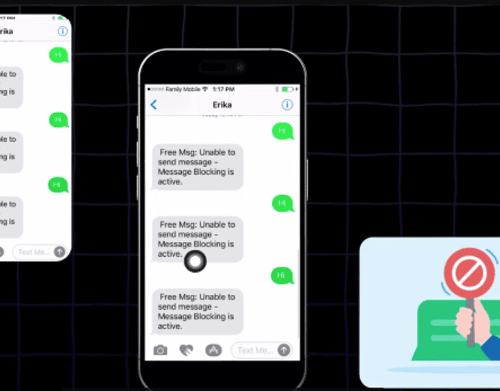Tablets have become an integral part of our daily lives, housing a wealth of personal and sensitive information. From emails and social media accounts to banking and personal photos, tablets store a significant portion of our digital footprint. Therefore, it’s crucial to understand the importance of privacy and security in tablets to safeguard our digital lives. In this article, we will explore the various aspects of privacy and security on tablets and how you can protect your valuable information.
1. Biometric Authentication
Modern tablets come equipped with biometric authentication methods, such as fingerprint recognition and facial recognition. These technologies provide a secure and convenient way to unlock your tablet and access its contents. Enabling these features adds an extra layer of protection to your device, making it significantly harder for unauthorized users to gain access.
2. Strong Passcodes and PINs
If your tablet doesn’t support biometric authentication, using strong passcodes and PINs is essential. Avoid easily guessable combinations and opt for longer, complex codes. Regularly changing your passcode further enhances security and reduces the risk of unauthorized access.
3. Encryption
Enabling device encryption is a powerful security measure for your huawei matepad paper. Encryption converts your data into a format that can only be deciphered with the appropriate encryption key. This means that even if your tablet falls into the wrong hands, your data remains safe and unreadable without the key.
4. App Permissions
When you install apps on your tablet, they often request various permissions to access your device’s features, such as the camera, microphone, or location. It’s crucial to review these permissions and grant them selectively. Only allow apps access to the data and features they genuinely need to function.
5. Regular Updates
Keeping your tablet’s operating system and apps up to date is one of the most crucial steps in maintaining security. Updates often include patches for vulnerabilities that hackers could exploit. Failing to update your tablet leaves it susceptible to security breaches.
6. Public Wi-Fi and VPNs
Using public Wi-Fi networks can be risky, as they are often less secure than private networks. When using public Wi-Fi, consider using a Virtual Private Network (VPN) to encrypt your internet traffic and protect your data from potential eavesdropping.
7. Secure Browsing Practices
Browsing the internet on your tablet can expose you to various security risks. Be cautious of phishing websites, use HTTPS connections whenever possible, and avoid downloading files or apps from untrustworthy sources. Employing ad-blockers and anti-malware software can further enhance your security.
8. Remote Wipe and Tracking
Most tablets have built-in features that allow you to track your device’s location and remotely erase its data in case it’s lost or stolen. Activating these features can safeguard your data even if your tablet is out of your hands.
9. Backup Your Data
Regularly backing up your tablet’s data is a critical security practice. In the event of theft, damage, or other data loss, having a recent backup ensures you won’t lose valuable information.
10. Two-Factor Authentication
Enabling two-factor authentication (2FA) for your accounts and apps adds an extra layer of security. With 2FA, even if someone gains access to your password, they won’t be able to log in without the second verification step, typically sent to your mobile device.
Conclusion
In a world where our tablets contain an increasing amount of personal and sensitive information, ensuring privacy and security is of paramount importance. From biometric authentication to encryption, safe browsing practices, and regular updates, there are various ways to protect your tablet and the valuable data it contains. By taking proactive steps to enhance your tablet’s security, you can safeguard your digital life from potential threats and breaches.






